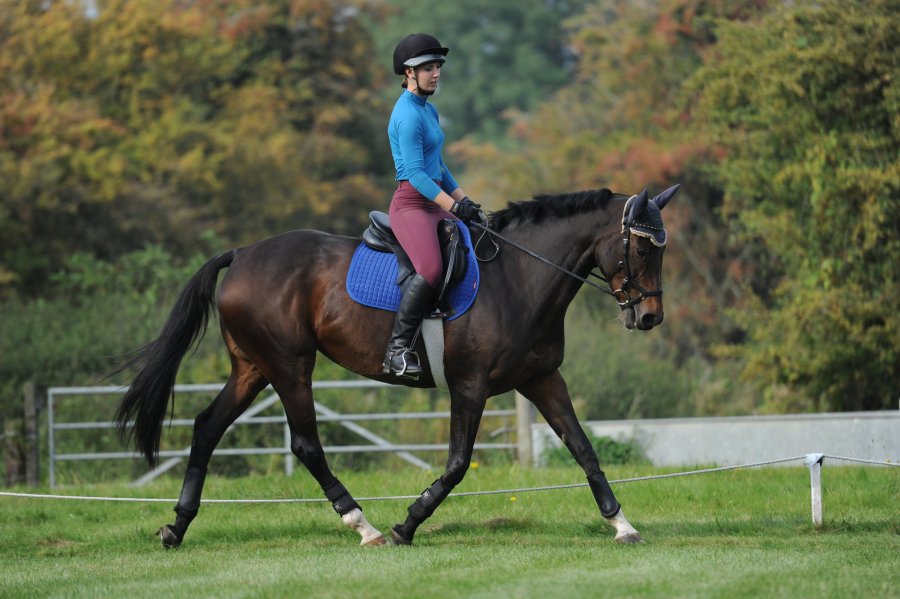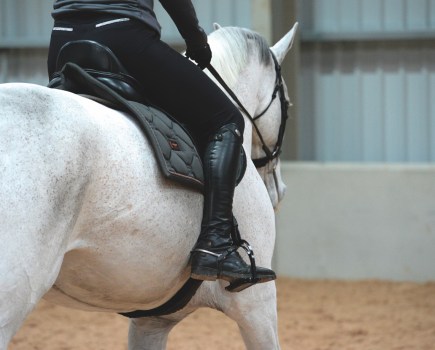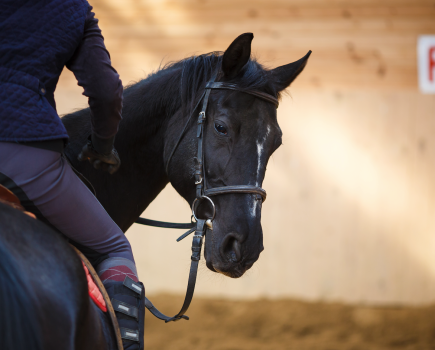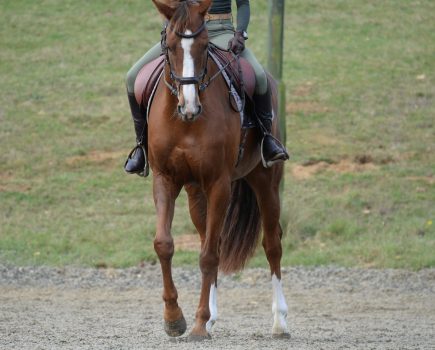Ilse discusses how our riding position can affect our horses’ backs.
At the end of the day, regardless of the discipline we do, the main job of our horses is to carry a load.
In some cases that load is an inanimate dead weight, but in most cases its an animate load; the rider. It will come as no surprise that the way a rider behaves can affect the workload of the horse.
For a start the experience level of the rider has a significant effect on how much energy a horse has to expend.
A more experienced rider who has the feel for how a horse moves is more able to coordinate their own movements with those of their horse’s in comparison to a novice who may not be able to move in phase.
As a result, the horse has to use more energy to do the same job in order to stabilise itself to compensate for the unbalanced novice rider, even though they may be the same weight as the more experienced rider.
While we cannot easily vary our experience level, we can vary our technique. For instance, in the trot a rider can use a rising or sitting method. But what effect do these techniques have on the workload of our horses?
Researchers calculated the forces on a horse’s back during sitting and rising trot. They found that the overall average forces on the horse’s back were similar between sitting and rising trot.
However, they found that the peak forces – the short-lived but sharper forces – were much higher in the sitting trot than in the rising.
Consequently, sitting trot is more demanding on a horse than rising trot. This result underlines the reason why we use rising trot with younger or less fit horses, and reminds us of the importance of using rising trot at the beginning of a training session to allow our horses to fully warm up their muscles before asking them to start working hard.
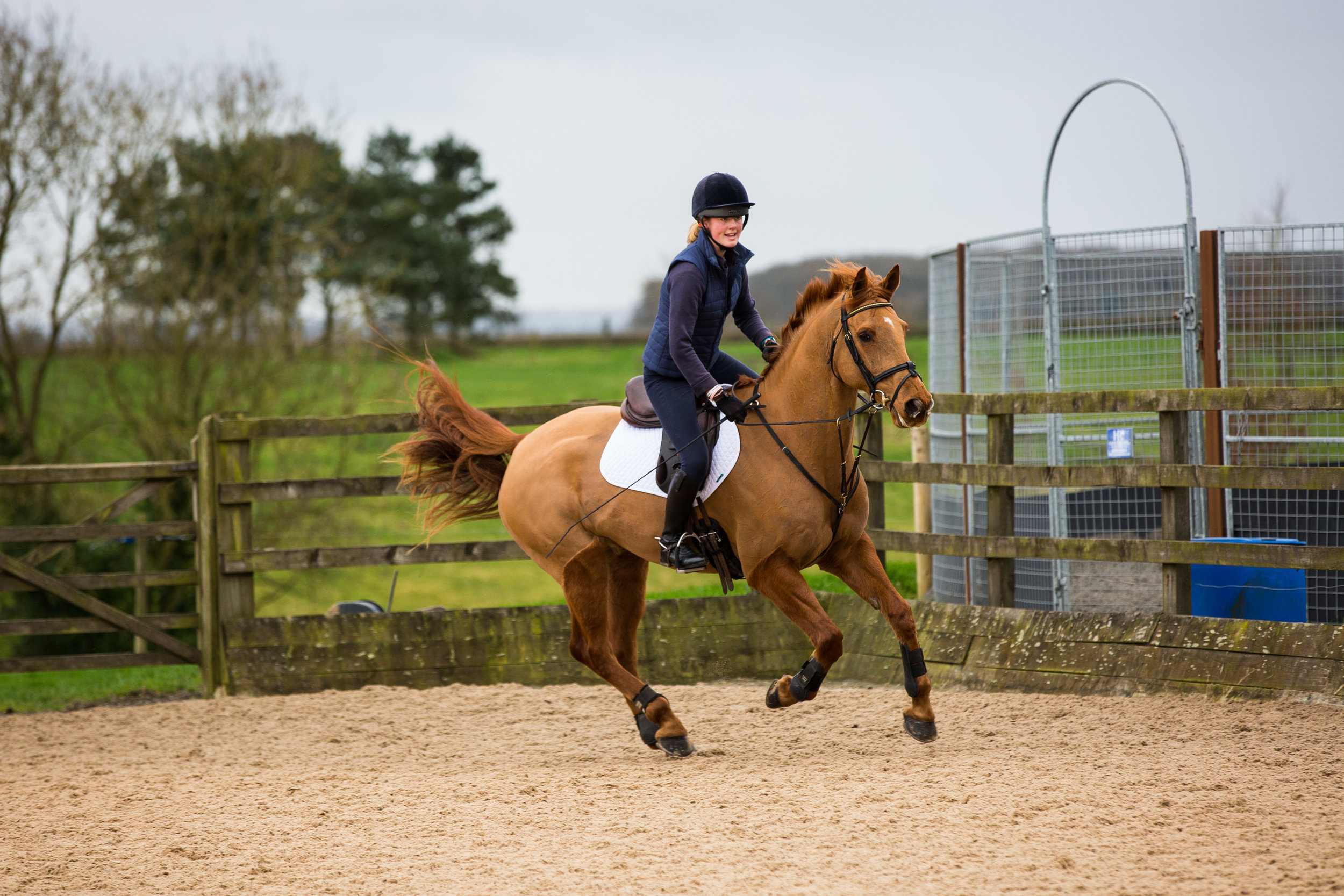 Another study noted that when jockeys first began to use the two-point position that we are now all used to seeing in racing (as well as in jumping and eventing), race times improved substantially.
Another study noted that when jockeys first began to use the two-point position that we are now all used to seeing in racing (as well as in jumping and eventing), race times improved substantially.
The reason for this being that the rider, by standing in the stirrups and getting off the horse’s back, has less interference with the horse’s movement.
A team of researchers put together a computational model of a horse and rider using a system of springs, weights and joints.
Using this model, they can show how different parts of a rider’s body affect the workload of the horse.
They concluded that, while the two-point position is more physically demanding on the rider, it allows the horse more freedom from the effects of a mobile rider, allowing the horse to put more of its energy in going faster than in stabilising itself.
While we may not always be able to choose which technique we use (not sure we’ll be seeing Charlotte Dujardin in jockey position at the next Olympics), it’s worth bearing in mind how we affect our horses.
Rising trot should always be used at the beginning and end of a training session to give our horses a chance to warm up their muscles and avoid injury.
Two-point position might also be a good option if your horse is feeling particularly stiff and sore – and before you complain about the pain, just think of the thigh work out!
For those who are interested to learn more, this paper is a great starting place: http://jeb.biologists.org/content/216/10/1850
[de Cocq, P. et al. “Modelling biomechanical requirements of a rider for different horse-riding techniques at trot”, Journal of Experimental Biology 216 (2013)]

